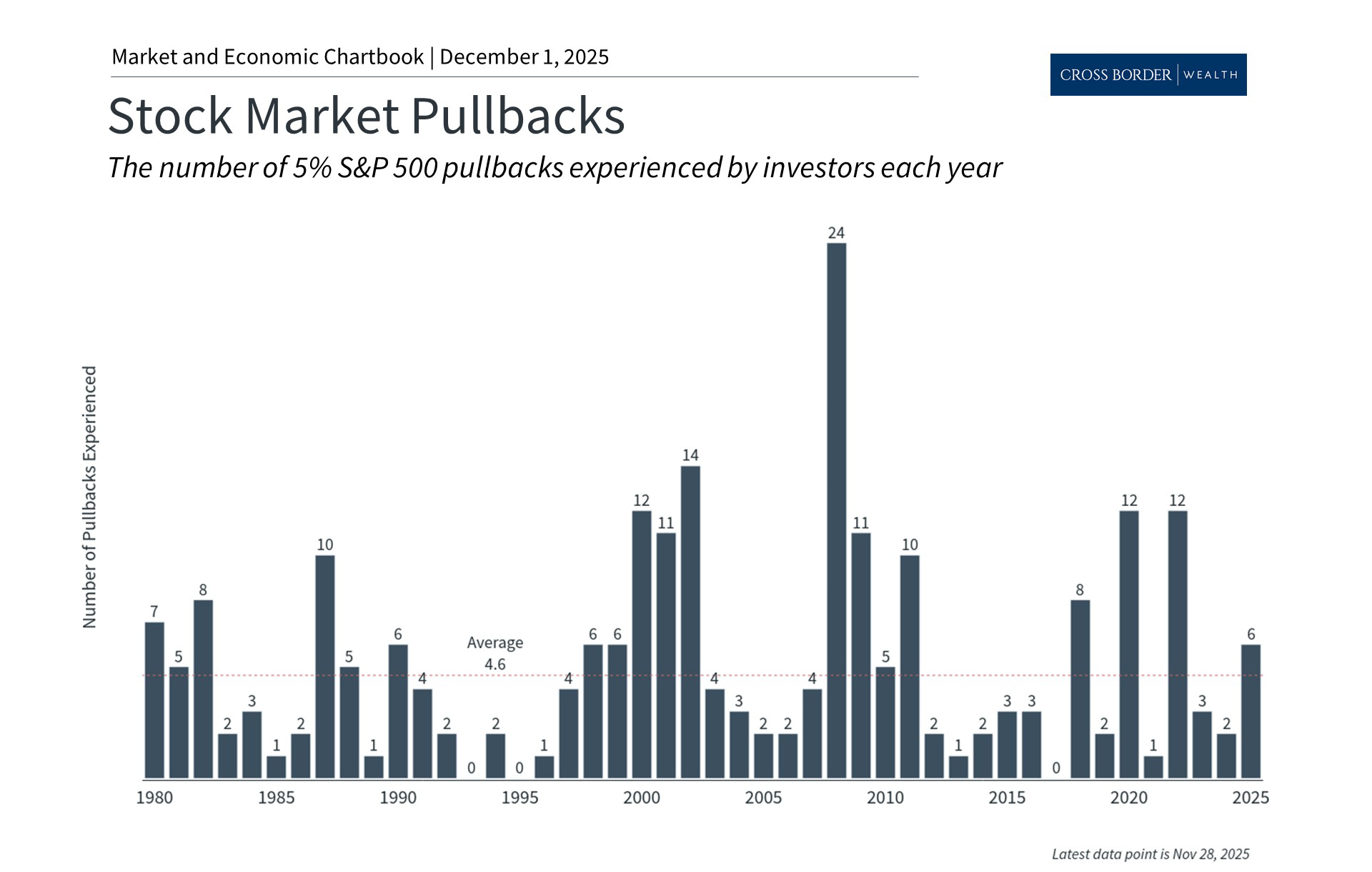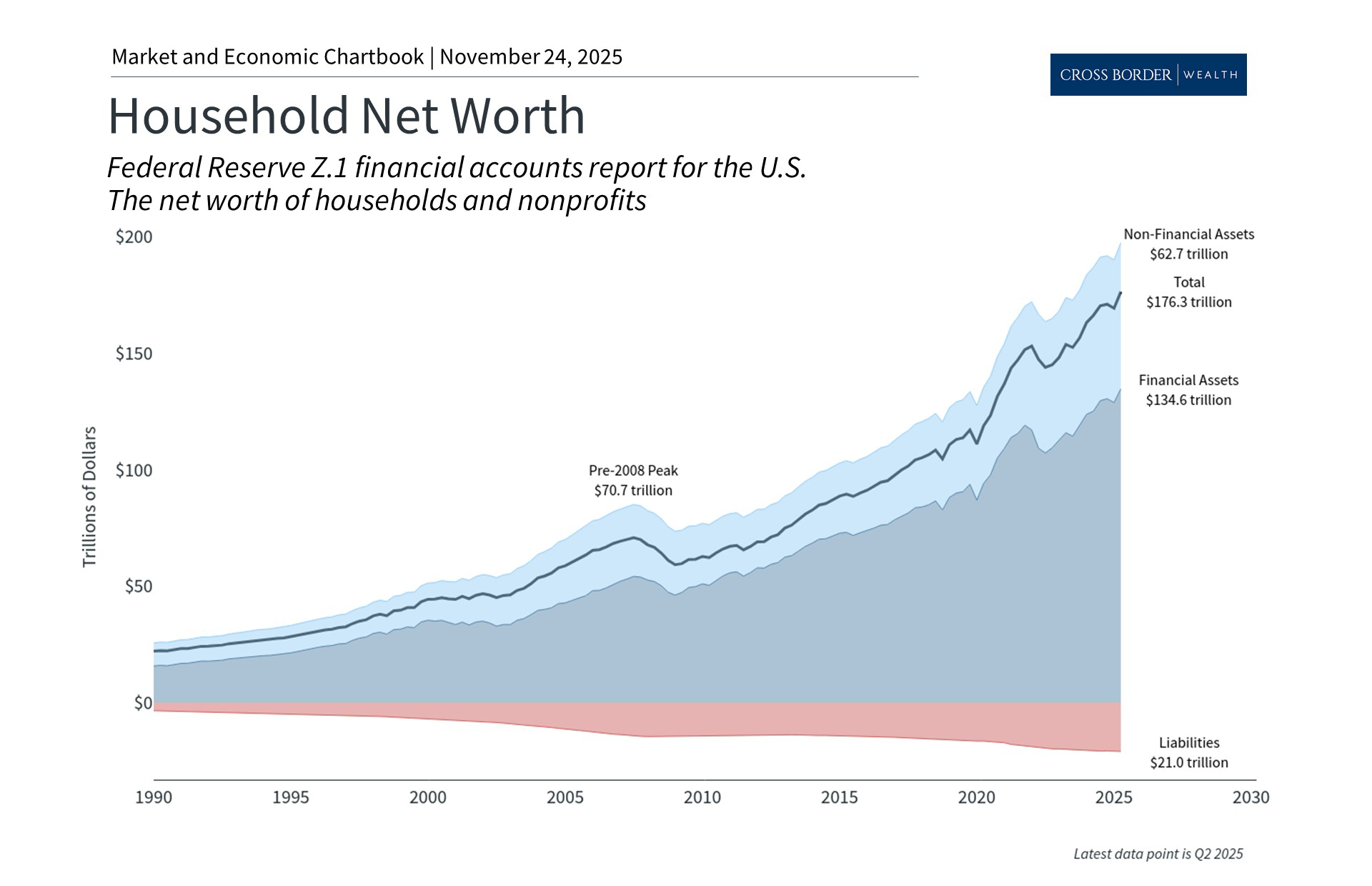Why Investors Should Understand the Limits of the Fed
- Market Insights
- 4 mins
The Federal Reserve has always played a central role during periods of economic crisis, and this year's pandemic-induced recession has been no exception. In general, the Fed seeks to ensure that the financial system functions smoothly. However, the uneven economic recovery, stalled stimulus bill in Congress and renewed stock market volatility have some investors asking if the Fed should be doing more - and whether there will be unintended long-term consequences. New strategic guidance that allows inflation to run hotter has also added to the confusion.
Under these circumstances, it's helpful for long-term investors to consider the limits of the Fed. By appreciating what the Fed can and cannot do, it's also possible to better understand what role the Fed has and has not played in the ongoing economic recovery.
With the benefit of hindsight, the Fed did act quickly to lower interest rates at the onset of the COVID-19 crisis in the U.S. Over the course of two emergency meetings in March, the Fed dropped rates to zero percent after slowly raising them for four years. This occurred prior to many parts of the country going into lockdown and was weeks before Congress passed the CARES Act. By lowering interest rates, the Fed seeks to help stimulate and support economic activity.
The Federal Open Market Committee also authorized a number of emergency measures such as increased asset purchases (including corporate bonds), bank liquidity measures, direct lending to businesses and more. Many of these programs were developed during past recessions including the 2008 global financial crisis. The key difference between these two economic shocks is that the 2008 crisis was the result of imbalances within the financial system. In contrast, the spread of the novel coronavirus resulted in a nationwide shutdown outside of the financial system.
Thus, it's important to recognize what the Fed can and cannot do under these circumstances. At the onset of the COVID-19 crisis when the liquidity and solvency of many companies was in question, and when the stock market hit circuit breakers many times, Fed programs were intended to ensure that the financial system continued to function and that credit markets wouldn't seize up as they did in 2008. The fact that markets functioned well over that period suggests that Fed actions may have helped. Due to the nature of the public health crisis, however, the Fed cannot directly restore economic activity. Rather, it can only create supportive conditions for when individuals and businesses are able to operate again.
Of course, there is also an important distinction between the need for emergency action during a crisis and the long-term consequences. There are still many unknowns when it comes to maintaining such low interest rates and expanding the Fed balance sheet to over $7 trillion. Just like government spending, the size of the Fed's balance sheet might behave like a ratchet - it's easy to increase but very difficult to shrink.
It's still unclear what limits there may be to monetary stimulus in the long run. In theory, having a bloated balance sheet could restrict the Fed's ability to act in future crises. What's been clear since 2008 is that low interest rates are a challenge for those who rely on portfolio income in and near retirement. For millions of Americans, finding alternative sources of yield will continue to be important with the Fed intending to keep rates low for years to come.
In the near term, some investors are naturally concerned that the Fed has "manipulated" the stock market. Although it's true that interest rates and government support may help to fuel the recovery as described above, it's also the case that some parts of the economy have weathered the crisis better than expected, and may have done so without Fed support. After all, one of the key lessons from the post-2008 recovery was that low interest rates alone don't cause businesses to hire workers or consumers to spend. So, although the Fed certainly played a role in supporting the financial system and economy more broadly, there are also fundamental reasons for certain parts of the stock market to have recovered.
Ultimately, investors are justified in having long-term concerns about the magnitude of Fed stimulus. However, it's important to recognize the limits of the Fed. The current economic recovery is happening not simply because of low interest rates. Rather, many parts of the economy were doing well prior to the crisis and can continue to recover as conditions open up.
Below are three charts that highlight the Fed's actions during the crisis.
1. The Fed expects to keep interest rates low for years
The Fed's latest summary of economic projections suggests that the FOMC expects to keep interest rates low through at least 2023. While these projections can change as conditions improve, they are a glimpse into the Fed's decision-making process. At the moment, few expect GDP growth to accelerate to a level that would justify a tightening of financial conditions over the next few years.
2. The Fed's balance sheet has expanded dramatically
The Fed acted quickly at the onset of the pandemic to expand its balance sheet by buying financial assets. Some of these purchases, especially around corporate bonds, were newly implemented. This caused its balance sheet to balloon to over $7 trillion after a short period of winding down prior to 2020. It is likely that the Fed's balance sheet will remain large for the foreseeable future.
3. Interest rates are still at historic lows
The pandemic and Fed actions have resulted in interest rates hitting historic lows. Investors who rely on portfolio income will likely need to find alternative sources of yield, just as they have since the 2008 financial crisis.
The bottom line? The Fed expects to keep interest rates low for years after taking emergency action earlier this year. However, the Fed can only do so much to support the economy. Investors should continue to focus on the underlying economic recovery.
Cross Border Wealth is a SEC-registered investment adviser which may only transact business in those jurisdictions in which it is registered or qualifies for an exemption or exclusion from registration requirements.
Cross Border Wealth may discuss and display charts, graphs, formulas, stock, and sector picks which are not intended to be used by themselves to determine which securities to buy or sell, or when to buy or sell them. This specific information is limited and should not be used on their own to make investment decisions.
All information provided in this article is for educational purposes only and does not intend to make an offer or solicitation for the sale or purchase of any specific securities, investment, or investment strategies. Please ensure to first consult with a qualified financial adviser and or tax professional. Further, please note that while said information has been obtained from known sources which are believed to be reliable, none of these are guaranteed.

